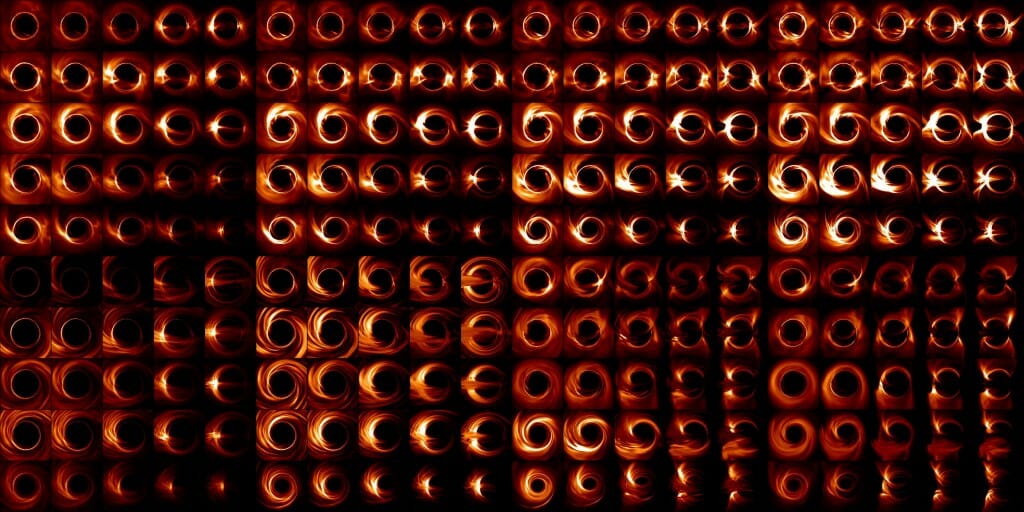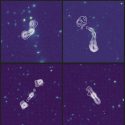Madison-based computing power makes it possible to see our black hole for the first time
They did it again. Higgs. Neutrinos. Now the black hole at the center of the galaxy.
A University of Wisconsin-led computing network has helped scientists expand the limits of our understanding.
Today, a team of scientists and the National Science Foundation shared images of Sagittarius A*, the black hole at the center of the Milky Way. They come from the Event Horizon Telescope project, which includes more than 300 astronomers from around the world.
The telescope has relied on a research computing platform, called Open Science Pool, that was built on high-throughput computing principles developed by Miron Livny, UW–Madison computer scientist and Morgridge Institute for Research investigator. The platform made it possible for the Event Horizon Telescope to run its black hole simulations.
Read more about Livny and his team’s contributions to the news.

Using a UW–Madison-led computing network, scientists ran millions of simulations of Sagittarius A*, the black hole at the center of our Milky Way Galaxy, to compare to their telescope observations and create images like these, by the University of Arizona’s Chi-kwan. Image courtesy EHT Collaboration
Tags: research, space & astronomy



